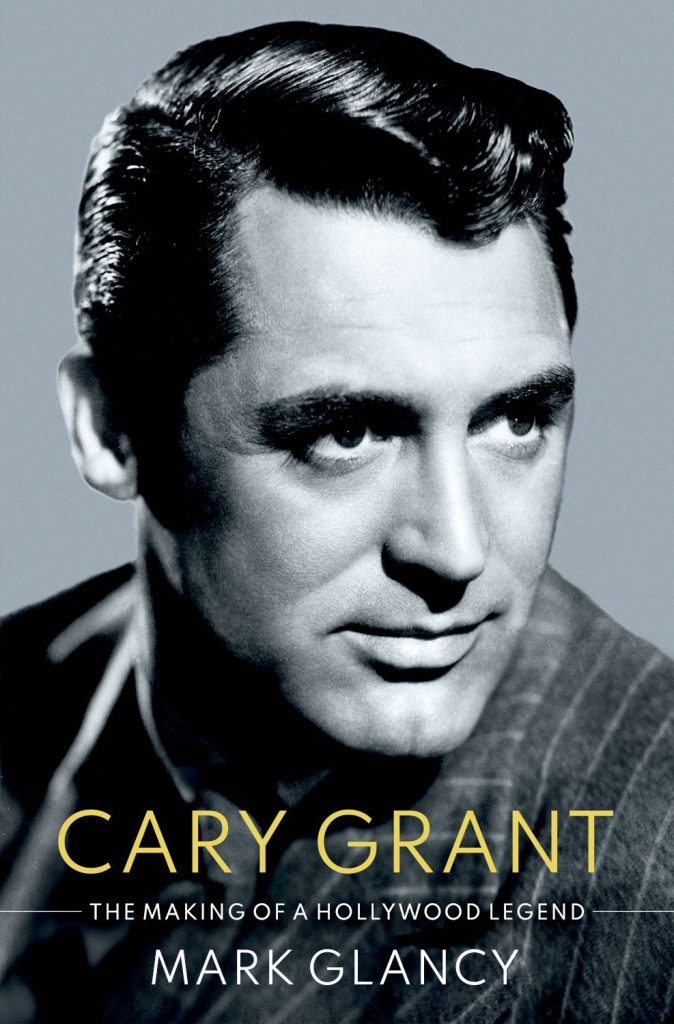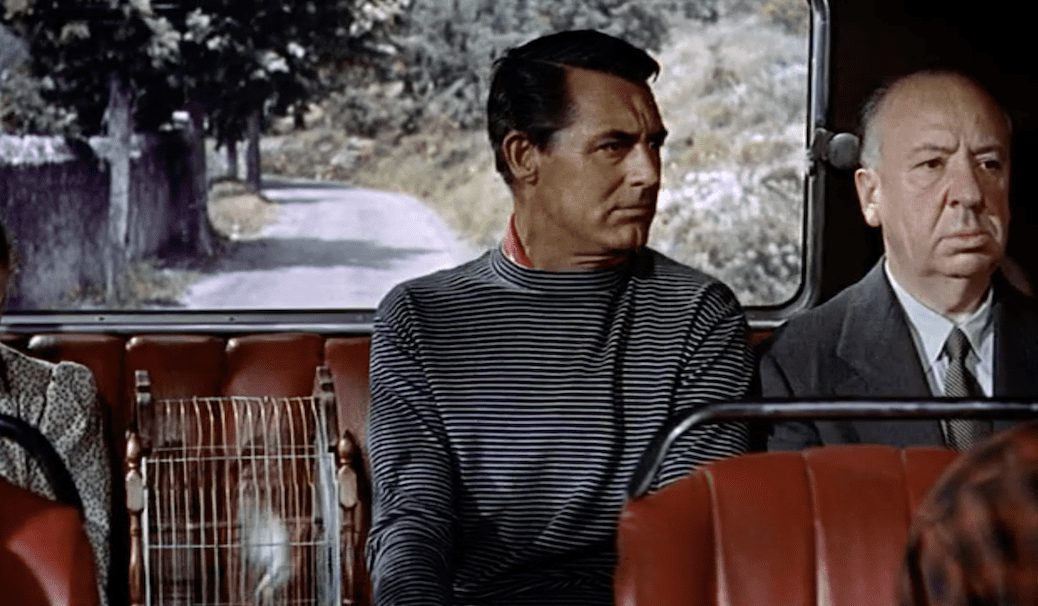“Everyone wants to be Cary Grant. Even I want to be Cary Grant!” said Cary Grant.
And that is pretty much one of the main themes of the new biography of Grant by Mark Glancy. Starting with Grant’s hardscrabble life as Archibald Leach in the poorest neighbourhoods of Bristol, the book traces how Grant redefined himself and made himself through wit, grit, determination and sheer intelligent will, into a debonair, glamorous and extremely adept film star. He was also, as the book convincingly shows, a very fine and talented actor who took his craft very seriously. He was undereducated but extremely intelligent intellectually if not emotionally for all of his life.
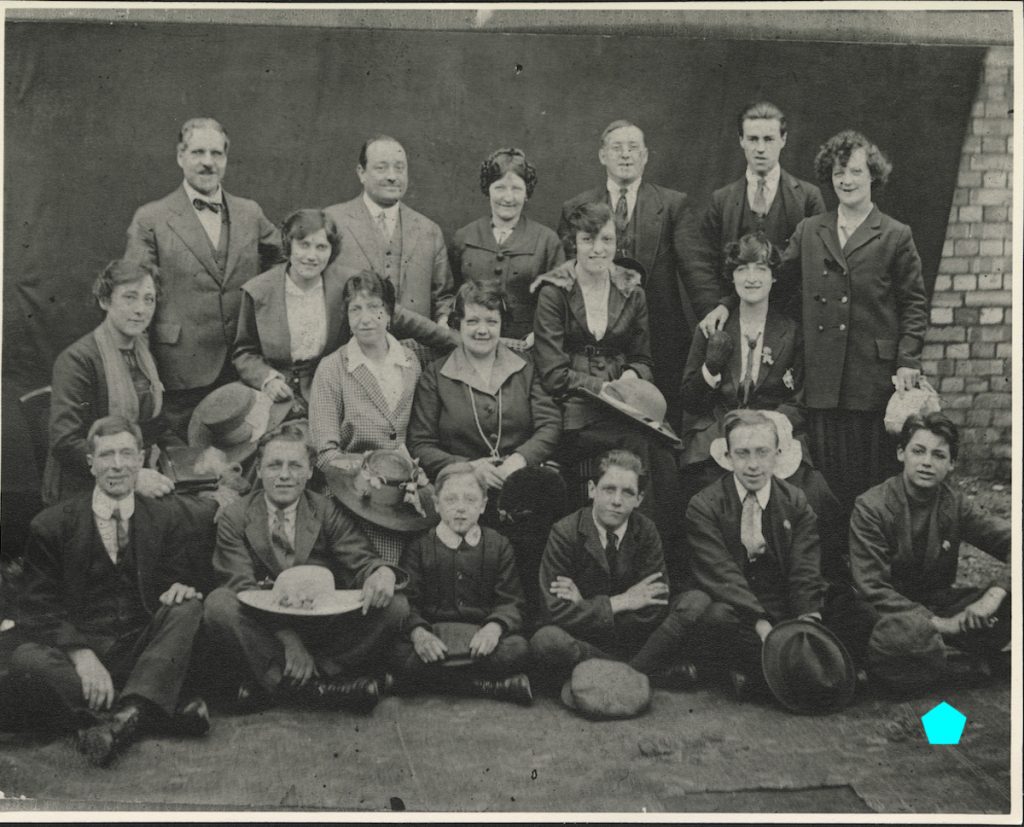
This is an exceedingly well-researched book, as is appropriate for a book published by the Oxford University Press. It is completely riveting throughout. Though it is not possible to delve very deeply into the actual thought processes of Archibald Leach/Cary Grant as he evolves into the person and actor he wanted to become, there is enough knowledge of internal processes because of diaries, letters and the testimony of fellow workers and friends, to give a great deal of understanding of his somewhat troubled and conflicted inner life. Also, if you are at all interested in vaudeville at the turn of the 20th century both in Britain and in the USA, Broadway theatre from the 1920s onwards or film once talkies happened, you will learn much from this tome.
The book follows Grant very closely through the various developments of his career, starting with his difficult, impoverished life. He ran away from home at 14 and became an acrobat in a successful vaudeville troupe. The troupe was engaged for a tour in the USA, was very successful, but after a few years returned to the UK. Grant stayed behind and his career developed in America at first during the decline of vaudeville in favour of the cinema. He then went to New York to try his luck on the stage. I knew that in his early and middle twenties he had acted on the Broadway stage and also formed some friendships with people who then, like him, went out to Hollywood. The book gives a very clear sense of the social interconnections he made at all stages of his career. I had no idea before reading this book that he had done musicals on Broadway and quite successfully despite his minimal dancing and singing talents.
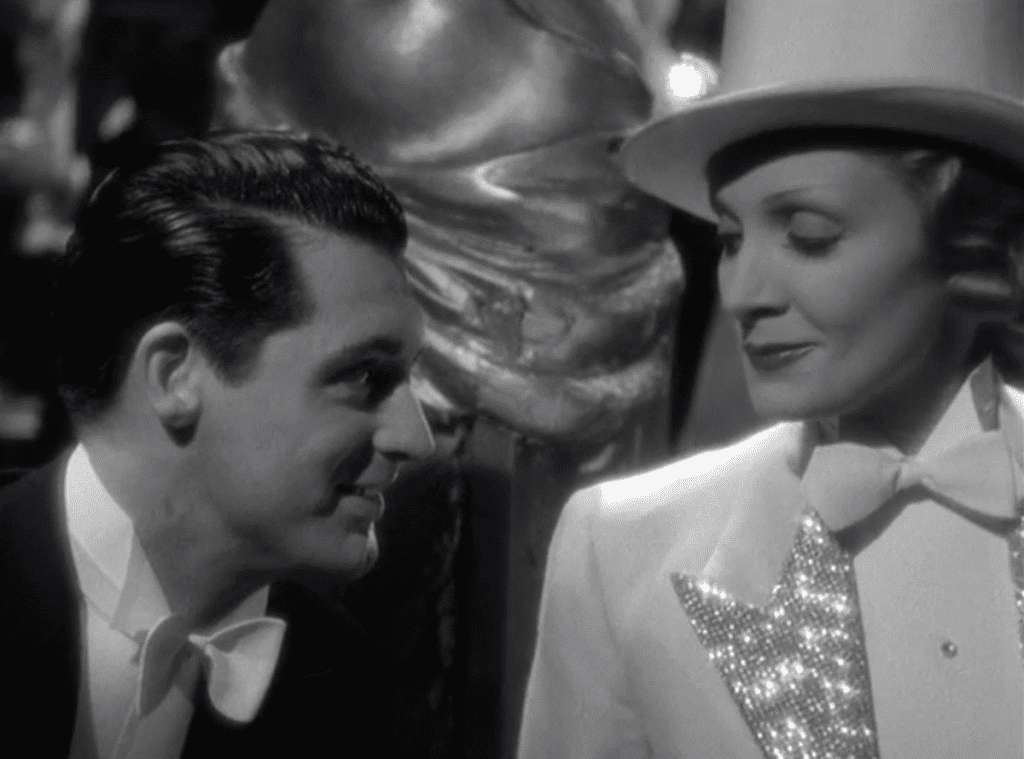
Mark Glancy details fully the years that it took for Grant, under contract to Paramount, to turn himelf from a half cooked character actor largely wanted for his startling good looks into the iconic and beloved Cary Grant. It clarifies how hard he worked and how devoted he was to his career above all things. It deals with the courage of Cary Grant in making himself one of the first freelance Hollywood actors able to control his own career and development to a larger extent than if he had stayed under exclusive contract to a film studio as was the norm in those days. And it also deals feelingly with Grant’s background turmoils, insecurities, and confusions.
One of the major factors in Cary Grant’s life was the fact that his father had his mother incarcerated in a mental hospital when Archie was only nine. Archie simply came home from school one day to find his mother was gone. Grant’s father told Archie first that his mother had simply left, had abandoned them, and then that she was dead. Only when his father was ill and needing Grant to take over responsibility this man reveal that Grant’s mother was still alive and that she had been locked up in a mental hospital for over twenty years. Grant then had to meet her and take over the care of her, including getting her released from incarceration and living as normal a life as possible back in Bristol after all that time. Surely we can sympathise with his difficulties in relating to this situation and to his mother directly, though he undertook her care. His relationship with his mother seems to have been easier for him from a distance than actually being with her, but from the book one gets a sense that he did his best.
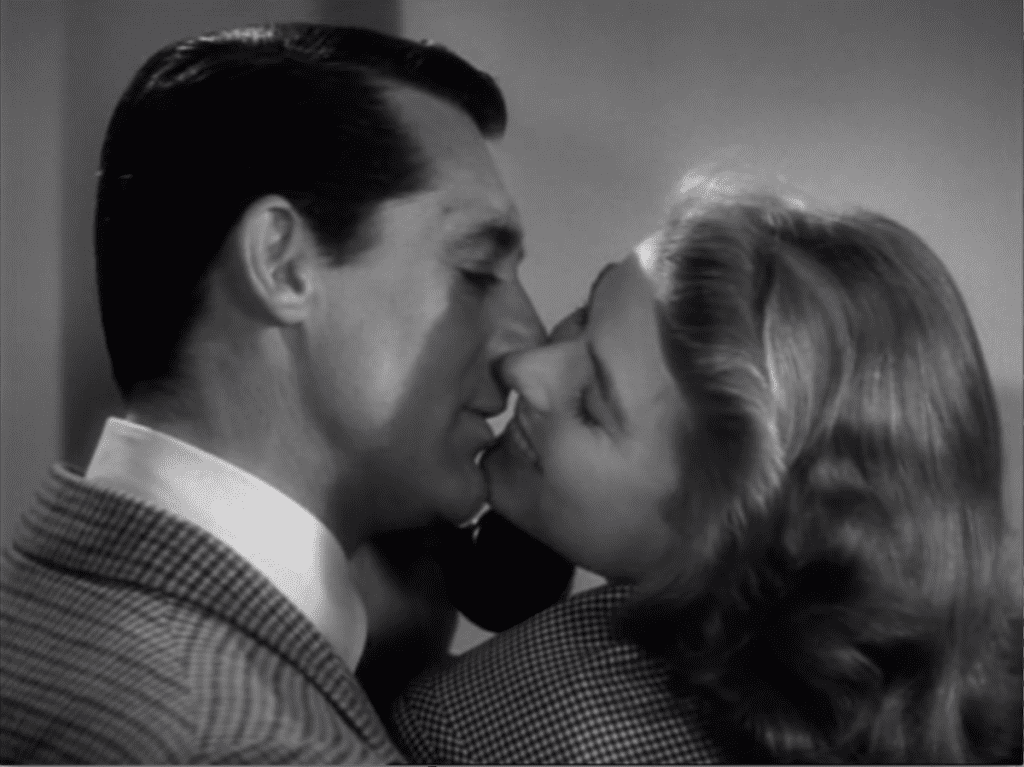
Glancy gives us a very fine and often illuminating description of each of Cary Grant’s stage appearances and each of the films and what it meant to him, the importance of his work, his increasingly obsessive attention to detail. A major interest of Glancy in this book is also proving that Grant was not, as rumour would have it, gay. Not at all. Not even a little bit.
Glancy lays out his evidence with conviction but I am not totally convinced that Grant was not bisexual or that in the Hollywood of that era there might not have been more to his relationship with his long time room mate Randolph Scott, with whom he lived on and off for about eight years, than just being pals. Perhaps, given the era, they were not fully involved sexually; but they certainly loved each other.
In the end, I do not care about Grant’s real life sexuality in private. Like Glancy, I think that the film persona that he sculpted over decades is the thing to concentrate on. Glancy’s achievement is to follow Grant through his development film by film as a Hollywood actor. I have learned all kinds of interesting background things about each of his films, most of which I have actually seen over the years, so I found that aspect of the book brilliantly and unceasingly informative.
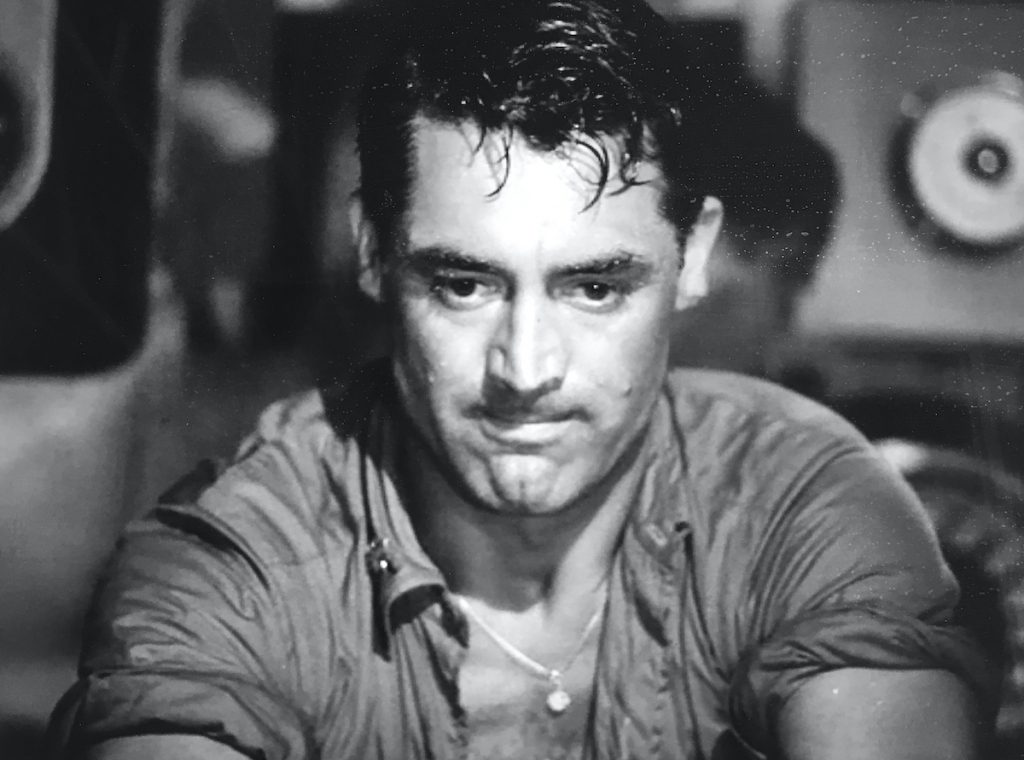
I was also fascinated to learn for the first time about Cary Grant’s strongly committed contributions to the war effort during World War II. It becomes clear also that he was much respected by most of his colleagues and it is fascinating to read about his work and friendships with Myrna Loy, Ingrid Bergman, Marlene Dietrich, Grace Kelly, Sophia Loren, Rosalind Russell, David Niven, Douglas Fairbanks Junior, James Stewart, Alfred Hitchcock, and on and on and on. The book also clarifies most of the motivations and events of his several marriages.
This is certainly one of the best books about the golden era of Hollywood that I have ever read, and I recommend it to anyone interested in films as diverse as She Done Him Wrong, Topper, The Awful Truth, The Philadelphia Story, None But the Lonely Heart, Notorious, North By Northwest, Charade and a myriad of other classic films all of which involved Cary Grant. The book will make you want to go back and see many of these films again or for the first time, at least in part to test the theory of Mark Glancy that Cary Grant was, as an actor, underrated and that he was one of the great film performers of the twentieth century. As Glancy points out, Archie Leach had to work very hard and thoughtfully to become Cary Grant and make it all look that easy.
